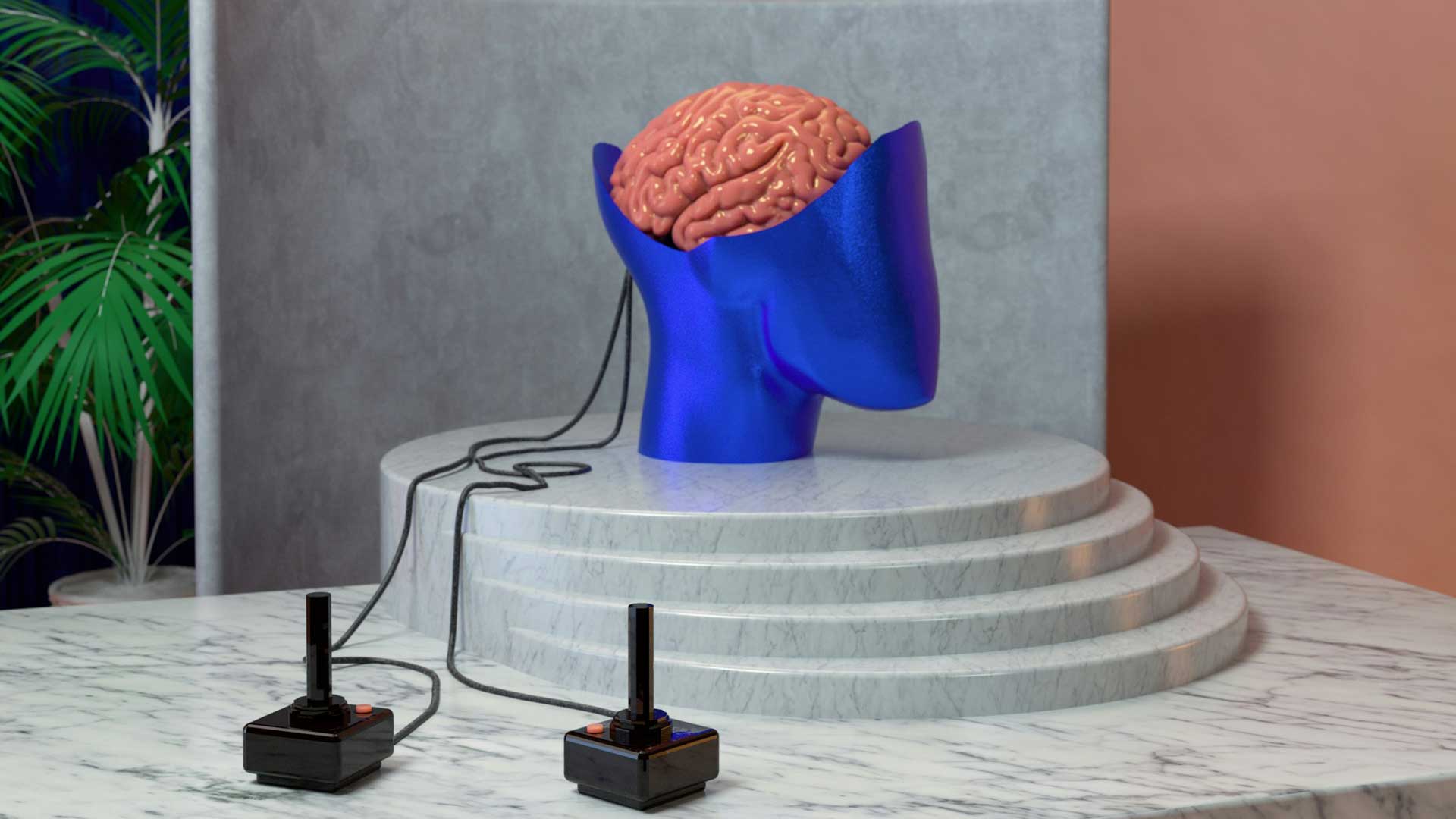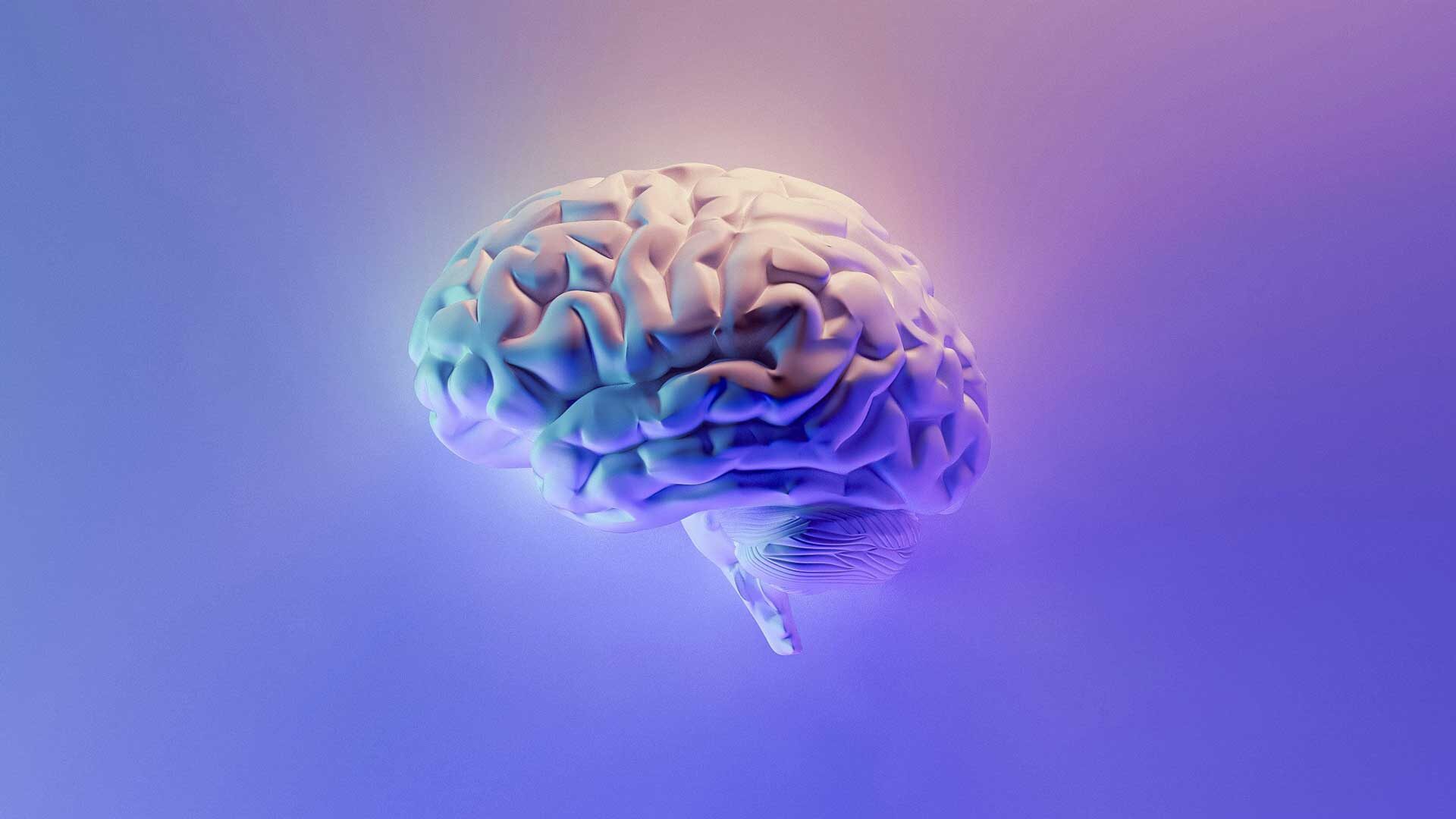The conscious design of space through the study of reactions in the human mind is the new frontier of the workplace. Neuroscience in the office can help design comfortable environments and naturally improve the productivity of collaborators.
Neuroscience in the Office
Creating productive, worker-friendly work environments is becoming increasingly easier thanks to the integration of neuroscience in the office. This term indicates scientific studies that are conducted on the human nervous system, to analyze its reactions and understand its functioning. The designers, in fact, understood that the form and function of furnishings and architecture can enormously influence the perception of people who experience the space and, from an in-depth analysis of these parameters, very efficient projects can arise, designed around the real needs of people.
How the Mind Works in Relation to Space

Starting from the assumption that the human brain is stimulated by what it sees, by noises and by an infinite number of other impulses, it’s crucial to think about the predefined patterns that derive from millennia of human evolution. In a recent interview with Il Sole 24 Ore, architect Davide Ruzzon, scientific director of Tuned (a project launched by Lombardini 22 to define the guidelines for an harmonious design), reflected on the preferences innate with respect to different types of landscapes.
Starting from here, he collected his research in the book “Tuning Architecture with Humans“, noting the changes in physiological connotations such as heartbeat, muscle tension and breathing, in relation to the physical environments in which people find themselves at a given moment. The result confirmed that people do not perceive architecture as if it were a static image, but have a deep and dynamic interaction with it thanks to immersion in space. This translates into spaces capable of creating stress or alleviating it, based on the height of the ceilings, the arrangement of the furniture, the colors and materials that make up the environment. Design, therefore, confirms itself as a crucial medium for defining the experience inside a place, including the office.
Optimizing sales performance and implementing people management by executives are just two practical examples of the application of neuroscience to workplace design.
Neuroscience in the Office, the Key Principles

When it’s crucial to carry out collaborative activities and interact with other people, the mind is more inclined to positively welcome open spaces without barriers. On the contrary, when maximum concentration is required, the brain prefers uncrowded places, with few distracting elements, confined and collected.
A very good example is that of the Cathedral Effect. Quoted for the first time in 2007 in the research of Joan Meyers-Levy, professor of marketing at the Carlton School of Management at the University of Minnesota and Rui Juliet Zhu, marketing assistant at the Sauder School of Business at the University of British Columbia, explains the correlation between perception of space and ceiling height. The term indicates the sense of wonder and grandeur when you set foot for the first time in buildings with very high naves.
In the paper titled “The Influence of Ceiling Height: The Effect of Priming on the Type of Processing That People Use”, the two researchers state that the perception of height is linked to creativity. An environment with high ceilings (3 meters and above) inspires a sense of freedom that encourages the birth of new ideas. Lower ceilings, however, facilitate focus work activities.
Conscious design
The future of the office, therefore, will be increasingly oriented towards the use of neuroscience to apply the so-called Human Centered Design. The design of people-friendly spaces will therefore pass from a massive collection of data and will result in the development of functional layouts supported by design elements and materials, capable of making workers feel at ease, naturally making them more productive.
